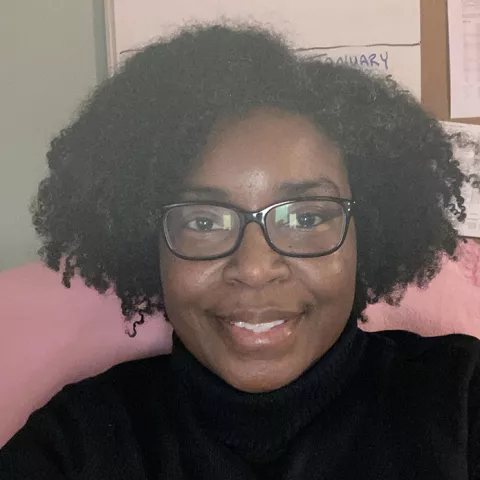Written, produced and narrated by Zane Knauss, Cheraw for Dizzy follows the jazz great Dizzy Gillespie's return home to Cheraw, South Carolina.
Born John Birks, Dizzy Gillespie, a Cheraw native, taught himself how to play the trumpet at age 12. He recorded his first music album at age 20. His unique style played a key role in the rise of bebop and modern jazz.
For Dizzy's return home in this documentary, he reunited with some old friends like Bernie Tillman for a jazz music session. The next day, Dizzy visits his childhood neighborhood and shares fond memories. We're also introduced to Alice Wilson, Dizzy's childhood music teacher. A group of students are treated to a visit and music lesson with Dizzy. Dizzy wraps up his homecoming, by visiting his teachers from the Laurinburg Institute.
SIDE NOTEs:
About Zane Knauss
Zane Knauss was a prolific writer, not only producing Cheraw for Dizzy for South Carolina ETV, but other works like “And Then There Were Thirteen” and “South Carolina’s Greatest Generation.” He also wrote a series of “African American Music Tree” programs for South Carolina Pubic Radio and penned a book, “Conversations with Jazz Musicians,” which included interviews with everyone from Marian McPartland to Stan Getz.
About Laurinburg Institute
Founded in 1904, the Laurinburg Institute is a historic African American preparatory school. The founders Emmanuel Monty and Tinny McDuffie started the school at the request of Booker T. Washington. The school is noted for its accomplished alumni, like Dizzy Gillespie and many other musicians and athletes.
More About Dizzy Gillespie
To learn more about Dizzy Gillespie, check out the documentary, Dizzy Gillespie: From the Be to the Bop.
Much of America's blues and jazz influences are deeply rooted in the rhythms and melodies of the rural South. One artist who has greatly contributed to these genres' continued popularity is South Carolina's own John Birks "Dizzy" Gillespie. Noted as one of the greatest jazz trumpeters of all time, Gillespie's complex style and compositions were difficult to copy.
For more Black history content, check out the Black History Month page. Visit the digital series, ETV Classics, to watch more gems from South Carolina ETV's vault.

